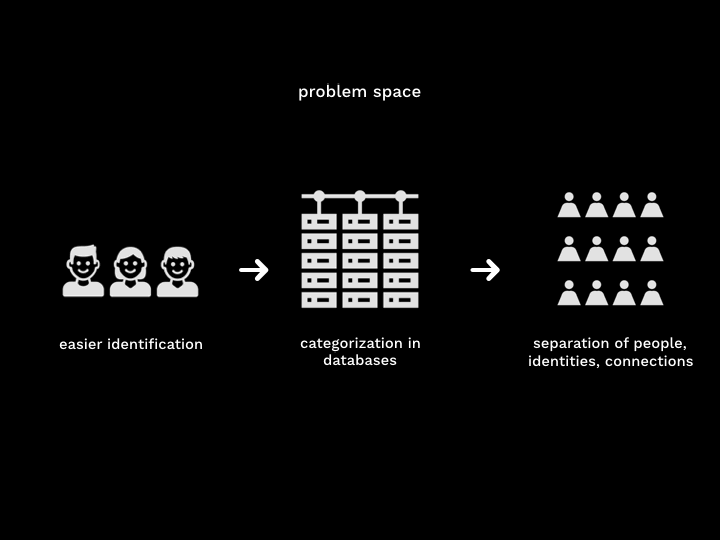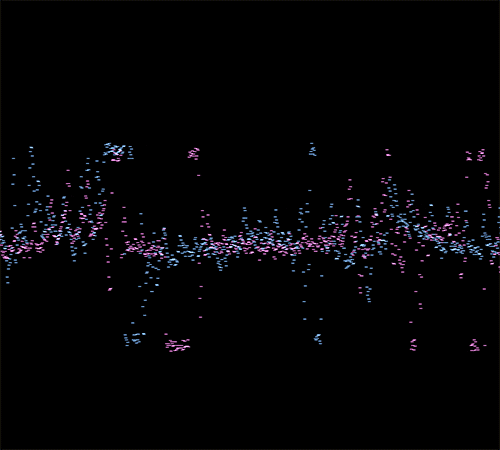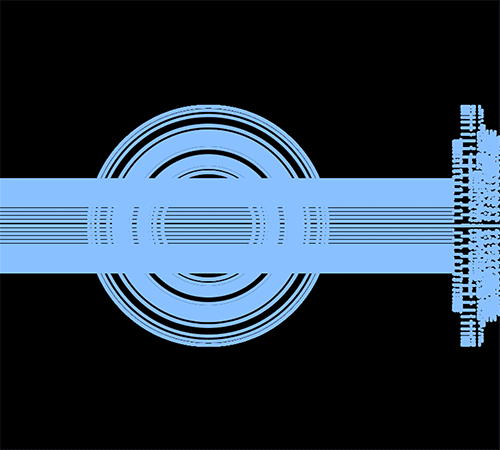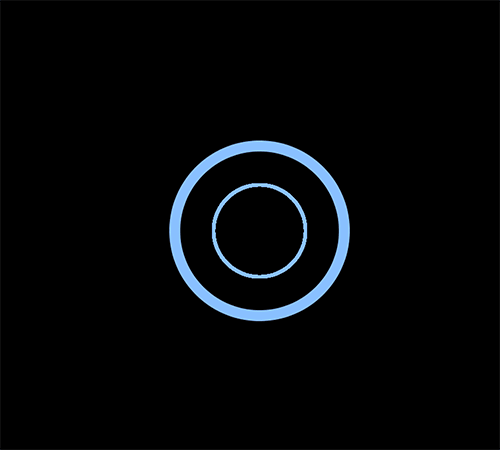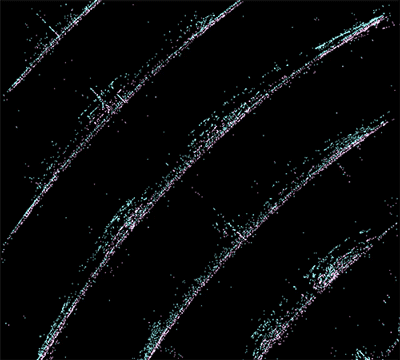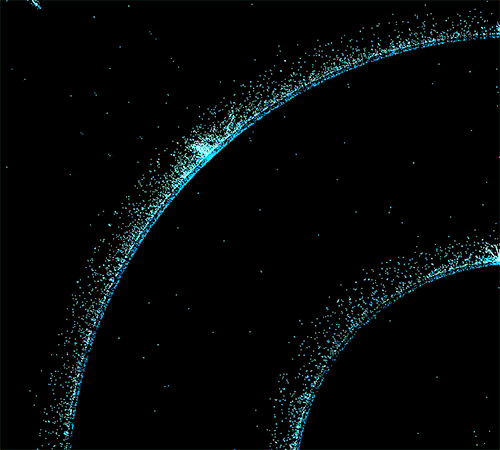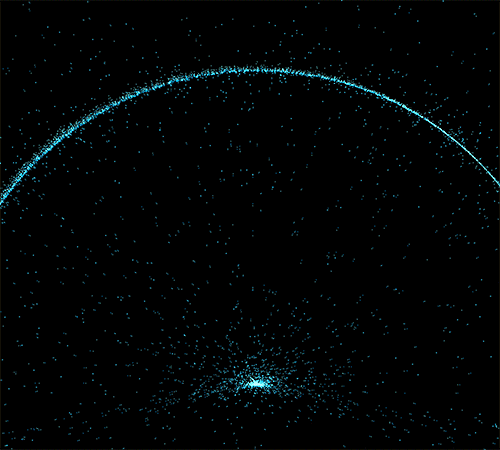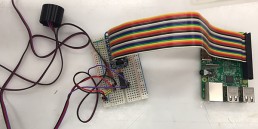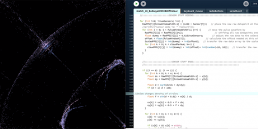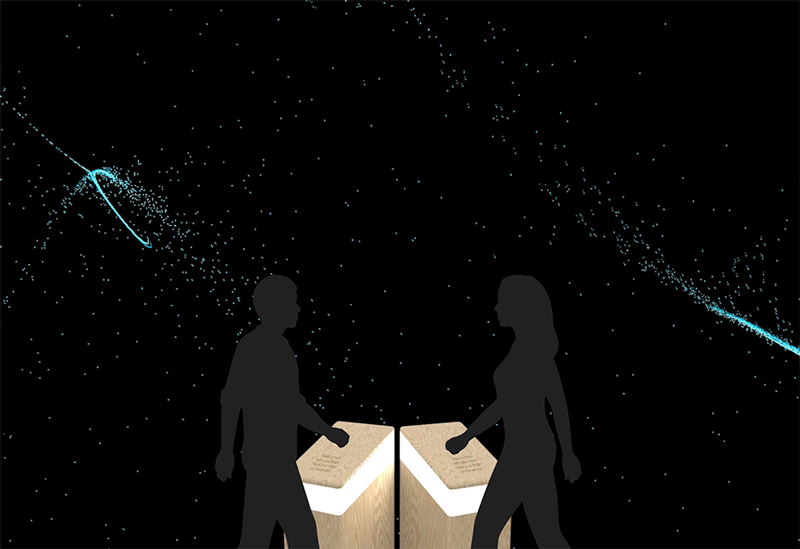
InterPulse
An interactive art installation where people create a collaborative visualization of their heartbeats.
How can we use our biometric data in more meaningful ways to create social connections?
The Interconnection of Our Pulses
The user has the power to change the visualizations using their heartbeats, emphasizing that simply being alive and existing has an impact on the world we live in.
“You are an aperture through which the universe is looking at and exploring itself.”
– Alan Watts
Our biometrics can be used to remind us of more meaningful information than our biological measurements, like the intangible interconnectivity of our existences that is a social and spiritual phenomenon in itself.
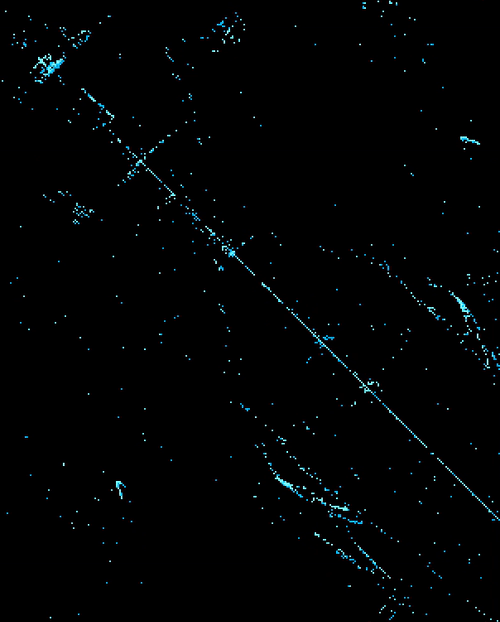
Problem Space
Current Usage of Biometrics
Biometrics are taken by the technologies that we use everyday, like facial recognition to unlock our phones and fingerprint recognition to go through airport security.
They have made identification of people easier, but they also categorize us into databases, and create separation in people, identities, and the connections we have with one another.
So how can we use biometric data in more meaningful ways for social connection?
Rethinking Biometrics
Ethical Issues
Inequities can be heightened for marginalized demographics when there are biases in which biometrics are collected in databases and how they are used.
Discriminatory
Static biometrics are built with the Caucasian, male, and able-bodied standard, discriminating those of other races, genders, ages, and abilities.
Control
There is an unequal power balance between the people who use technology versus those on which the technology is used.
Fragmented
Placing value on using our static biometric data for identification fragments our identity into specific body parts.
Design Opportunities
These design opportunities use dynamic biometrics to examine the ethical issues.
Universal
Using biometrics that are universal amongst all individuals makes the design more inclusive, as the data is more easily accessible from everyone.
Freedom
When biometrics are always dynamic and changing, people have more opportunities to make their own unique interpretations about it.
Holistic
Allowing people to make their own interpretations also shows they have value other than just their specific body parts; in their stories and beliefs as well.
Alternative Model of Biometrics
The current model based on the issues ends narrowly with quantitative information that categorizes people and their identities.
The alternative model I created uses the design opportunities and leads to an open-end that moves towards qualitative information: aspects of our identities that are more abstract and can’t be put into numbers.
Visualization Iterations
In the final sketch, the movement and colours of the particles are based on data from the heartbeats of the users. Both users’ data are combined to emphasize the idea of interconnectivity.
The particles are used to create a cosmic/astral aesthetic, connoting the interconnected and outer-worldly sentiment.
Programming With Arduino & Processing
The heartbeat data sent to the pulse sensors are picked up by Arduino, and sent to Processing to be drawn into a visualization.
Under the current circumstances that forced the physical production of this production to come to a halt, I will finish building the device when campus reopens. I will be adding LED lights, sounds, and hopefully one more pulse sensor.
Reflection
Social connection in InterPulse happens in the figurative sense, and not forcing it physically or literally. Designers can create ways to make social connections, but what are the connections that are already inherent but overlooked? What are the intangible aspects around us to which we have forgotten our connections?
As biometric technologies continue to advance and merge the lines between human and the machine, it will become increasingly more important to question the impact of the machine on us, us on the machine, and us on the world that is around us.

Hey there, I'm Allison Chan!
I’m an interactive designer– pushing the boundaries of interactive art + new technologies with interaction design.
Design, to me, embraces the intangible complexities of human diversity as tangible opportunities. In other words, I love designing ways for people to share their individuality and different perspectives with each other.
From my exhibition experience at Science World, I hope to continue making public work that builds meaningful connections between people.
